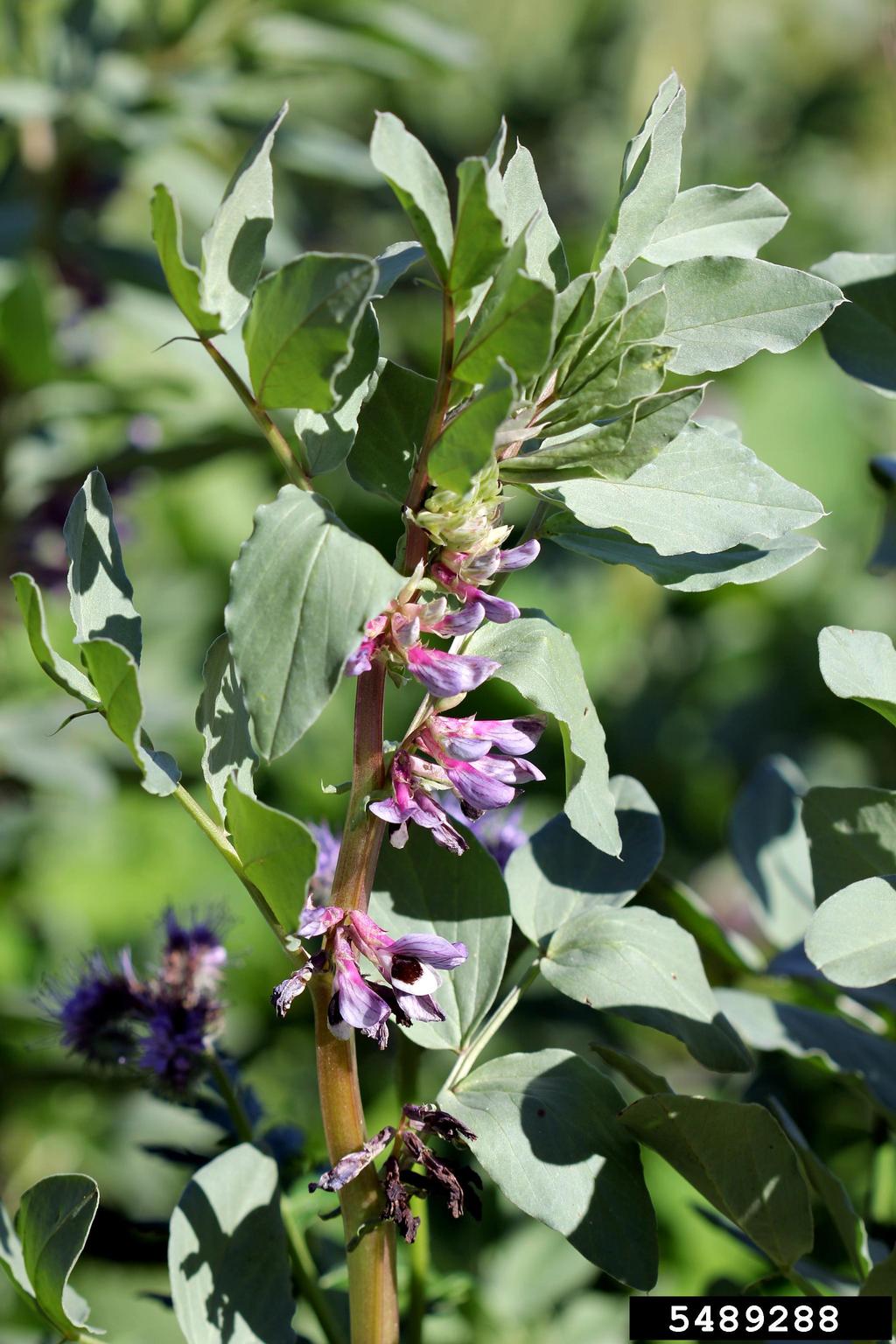What Are Horsebeans – A Guide To Horsebean Uses And Cultivation

You may not have heard of a horsebean, but you probably have heard of a broad bean. Horsebean plants most likely hailed from the Mediterranean region and are reported to have been found in ancient Egyptian tombs. Broad bean is the umbrella under which several subspecies, including horsebean, can be found. If your curiosity is piqued, read on to find out how to grow horsebeans and various horsebean uses.
What are Horsebeans?
Horsebean plants, Vicia faba var. equina, are a subspecies of the broad bean proper, also known as Windsor or straight bean. They are a cool-season annual that bears large, thick pods. Inside the pods, the beans are large and flat. This leafy legume has an erect habit with a stiff stem. The leaves look more akin to those of English peas than bean leaves. Small, white blooms are borne in spikelets.
Horsebean Uses
Also referred to as fava bean, horsebean uses are twofold - for human consumption and for horse feed, hence the name. The seeds of the plant are picked when the pod is full sized but before it has dried and used as a green shell bean, cooked for use as a vegetable. When used as a dry bean, the beans are picked when the pods are dry and used for both human consumption and for livestock feed.
How to Grow Horsebeans
Horsebean growing requires 4-5 months from planting to harvest. As it is a cool-season crop, it is grown as a summer annual in northern climates and as a winter annual in warmer climes. In tropical regions, it can only be grown at higher altitudes. Hot, dry weather adversely affects blooming. Horsebeans are tolerant of a variety of soil conditions but do best in well-draining heavy loam or clay-loam soil. When growing horsebeans, plant seed 2 inches (5 cm.) deep in rows that are 3 feet (just under a meter) apart with plants spaced 3-4 (7.5-10 cm.) inches apart in a row. Or, plant seeds in hills using six seeds per hill with hills spaced 4 by 4 feet (1 m. x 1 m.) apart. Provide the beans with staking or trellising.
Gardening tips, videos, info and more delivered right to your inbox!
Sign up for the Gardening Know How newsletter today and receive a free copy of our e-book "How to Grow Delicious Tomatoes".

Amy Grant has been gardening for 30 years and writing for 15. A professional chef and caterer, Amy's area of expertise is culinary gardening.
-
 Looking For Plants To Give You The Soft And Fuzzies? Try These 5 Fuzzy Leaf Plant Options
Looking For Plants To Give You The Soft And Fuzzies? Try These 5 Fuzzy Leaf Plant OptionsLovers of texture, drama, silver foliage and tactile plants will adore these special sensory garden additions. These fuzzy leaf plant options will leave you all aglow
By Susan Albert
-
 Get Ready For A Summer Of Hummers! Grow These Full Sun Hummingbird Plants and Flowers
Get Ready For A Summer Of Hummers! Grow These Full Sun Hummingbird Plants and FlowersIf you’re lucky enough to enjoy a sunny backyard, make sure you are maxing out on your pollinator opportunities and grow these full sun hummingbird plants and flowers
By Tonya Barnett